Our CEO Matt recently spoke to Silicon UK about the challenges created by the sudden and mass adoption of working from home and BYOD. Read his thoughts below:
What does a WFH (Work From Home) tech stack look like?
“The Covid-19 pandemic has ushered in a ‘working from home’ revolution and remote access now needs to be as easy as possible for employees. Microsoft Office365 is central to a WFH tech stack as it provides businesses with intuitive and agile remote working capabilities. It also contains an application called Teams which, when used correctly, becomes the central collaboration and communication hub for employees. Adding business-grade voice to Teams transforms the platform into a fully working and high-spec phone system, replacing restrictive on-premises versions which are anchored to the office.”
BYOD (Bring Your Own Device) created a number of challenges CTOs had to resolve. Is mass WFH revealing how fragile consumer tech can be when used in a business context?
“Nowadays apps work seamlessly across devices, with standardised looks and feature sets. The requirement across estates for multifactor authentication ensures that data and applications are kept safe. This is imperative when working across a BYOD environment.”
Which areas of WFH technologies have been the most challenging to get right?
“The biggest challenge for businesses using WFH tech is in ensuring employees have complete visibility of files and tools, as they would have from a desk in the office.”
Are CTOs shifting their attention to building communications systems that will support remote their staff long term, as mass working from home looks set to become the ‘new normal’?
“Absolutely. We are seeing customer roadmaps for the next three years being ripped up, with cloud-based tools and projects now being prioritised. Companies are now switching their strategies away from ‘milking older on-premises investments’ and moving towards more agile, scalable cloud-based solutions. This also enables better cost management, moving from a CAPEX to OPEX model.”
Have the security challenges WFH highlights still a clear and present danger CTOs and CIOs are now grappling with, as the threat perimeter moves to the home?
“The threat parameter is constantly expanding and working from home is just another facet to this. As employees utilise home connectivity and devices, businesses need to ensure that access to applications and data remains safe – this needs to be a priority for every CTO and CIO. Security features, such as multifactor authentication, helps to ensure data and applications are secure.”
Has the pandemic highlighted where more technology training is needed to support workers? Have business been guilty of assuming a level of knowledge and skills across their workforces that actually don’t exist?
“Tech stacks have been around and available for years, but it has taken a pandemic to make businesses embrace the tools that many already paid for but didn’t necessarily install or use. Many businesses are guilty of saying ‘here’s a tool – use it.’ The last few months has triggered CTOs to take a deep dive into the technology available and support employees through this new way of working.”



